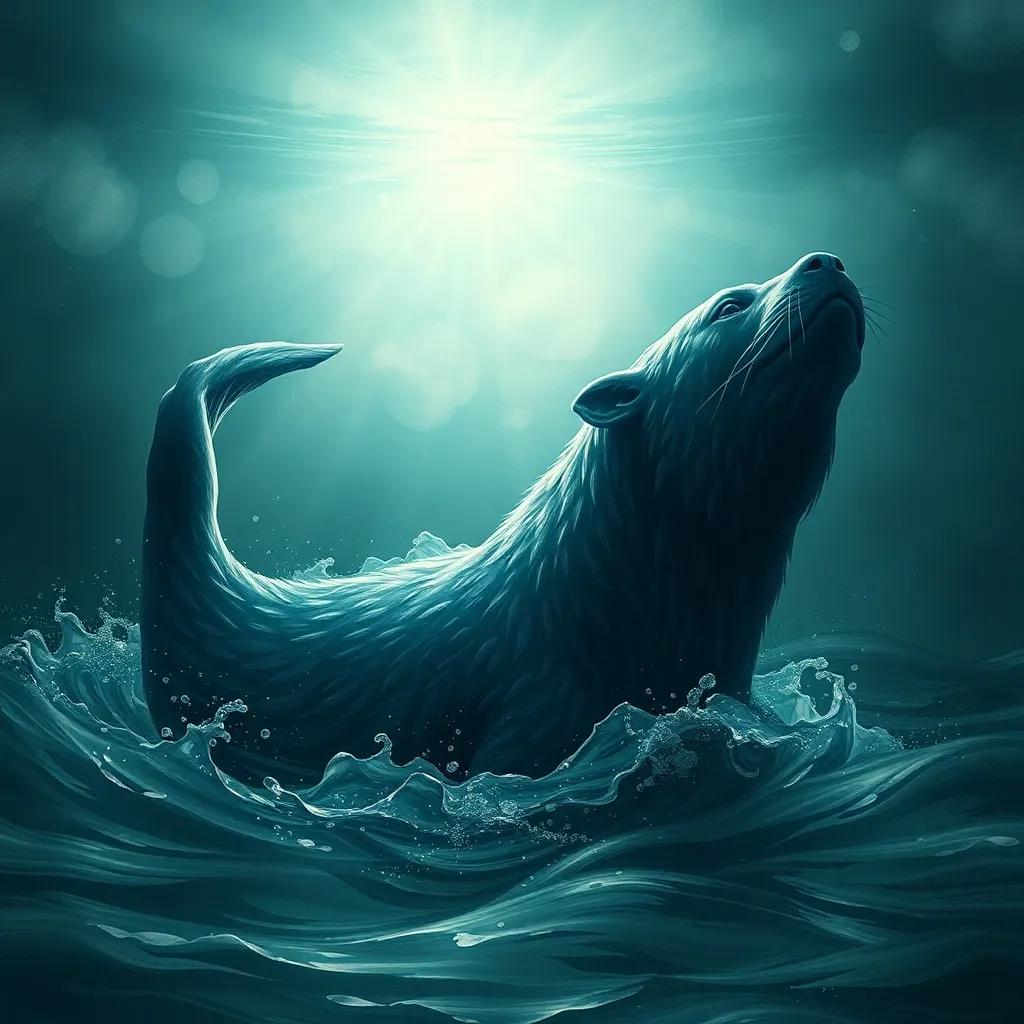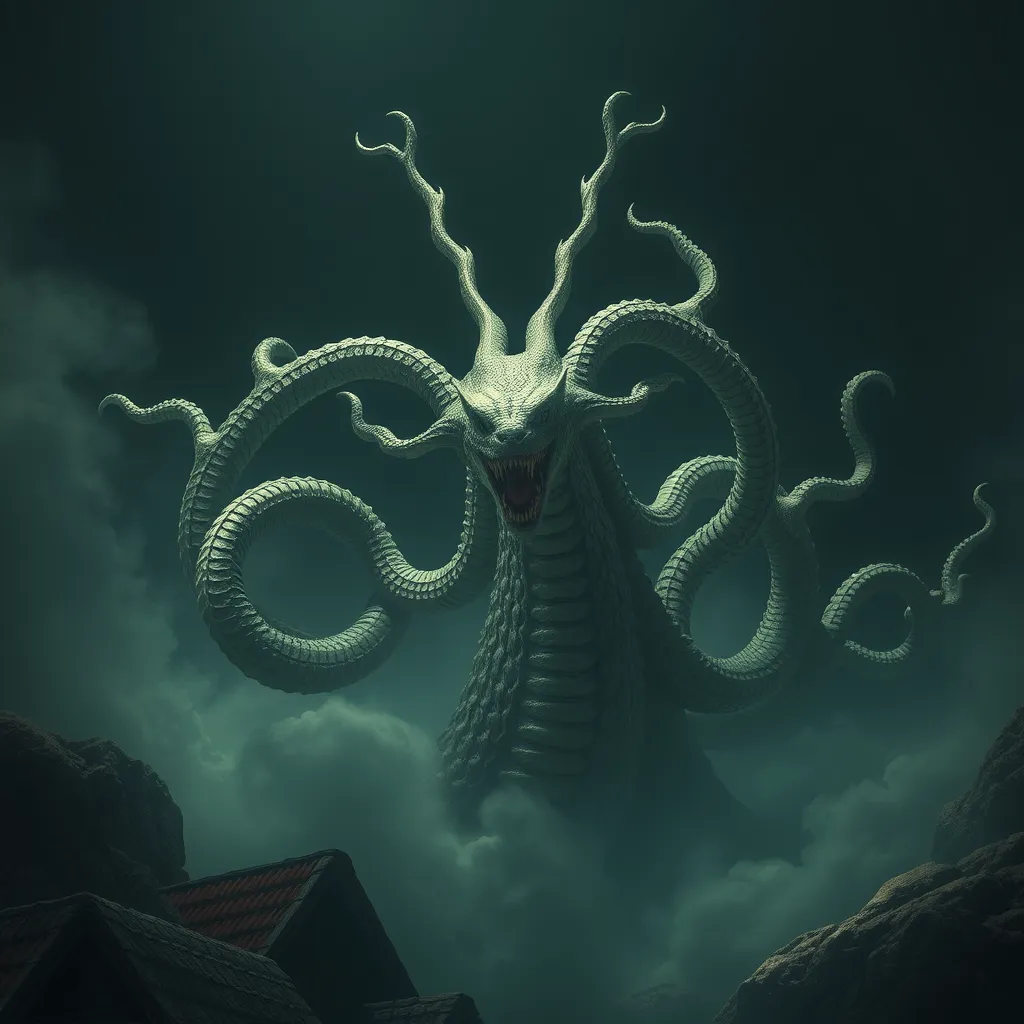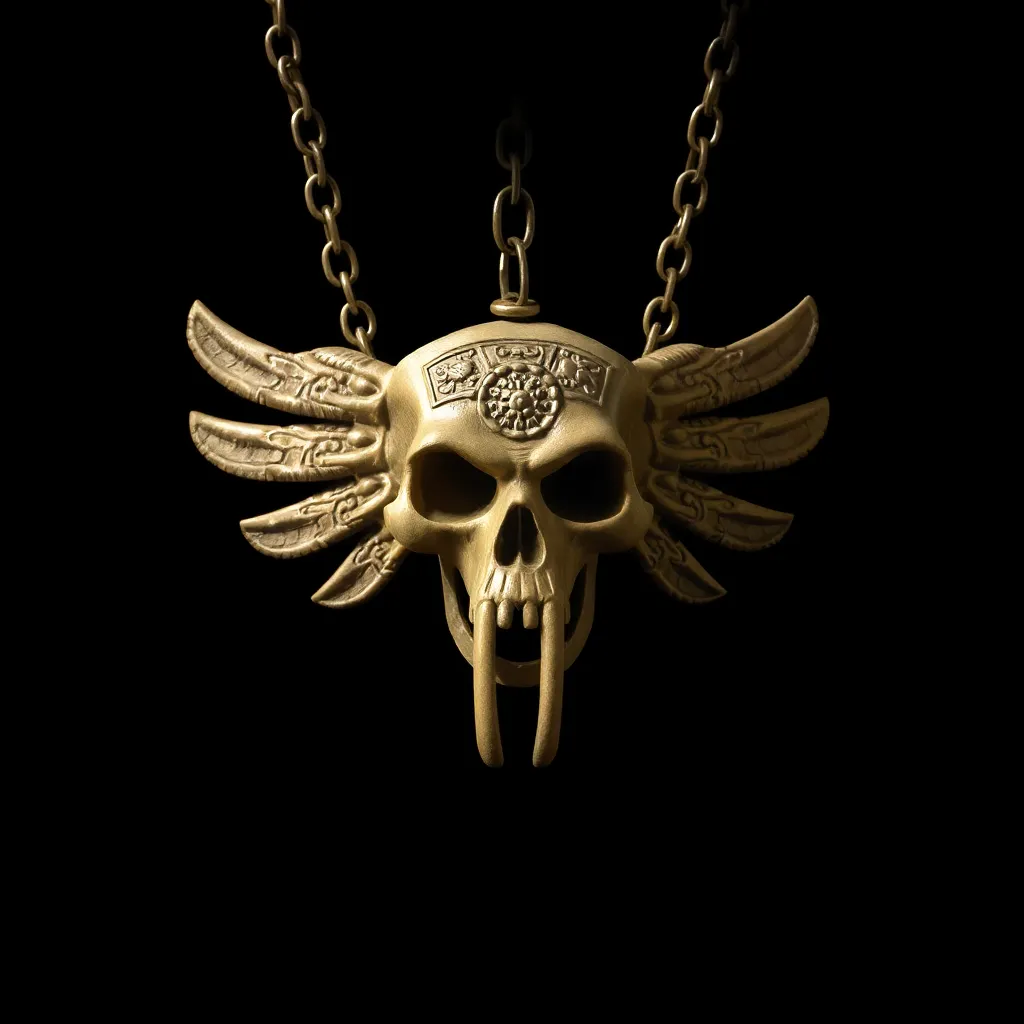The Power of Transformation: Examining the Selkie’s Symbolic Significance
I. Introduction
The Selkie myth, steeped in the folklore of the Celtic regions, particularly Scotland and Ireland, tells the story of seal-like creatures that can transform into human beings. These enchanting beings have captivated the imagination for centuries, symbolizing a rich tapestry of themes intertwined with human experience.
Transformation is a prevalent motif in folklore, representing change, identity, and the dual nature of existence. In the case of Selkies, their ability to shift between seal and human embodies deeper meanings related to freedom, belonging, and emotional complexity.
This article aims to delve into the symbolic significance of Selkies, exploring their origins, characteristics, and the various themes that emerge from their stories.
II. The Selkie Legend: Origins and Variations
The Selkie legend has historical roots in Celtic culture, where tales of these mystical creatures have been passed down through generations.
A. Historical roots of Selkie mythology in Celtic culture
Selkies are believed to be derived from ancient Norse and Celtic traditions, with their stories often set against the backdrop of the rugged coasts of Scotland and Ireland. The myth of the Selkie encapsulates a connection with the sea, a source of both sustenance and mystery.
B. Regional variations of the Selkie tale across Scotland, Ireland, and Scandinavia
While the core elements of the Selkie myth remain consistent, regional variations bring unique flavors to the tales:
- Scotland: Selkies are often depicted as tragic figures, caught between the two worlds of land and sea.
- Ireland: In Irish mythology, Selkies may also be referred to as “Roan” or “Sea Women,” with stories often emphasizing their magical allure.
- Scandinavia: Similar to Selkies, the Norse mythology features “selkie” and “huldra” beings, illustrating the shared cultural motifs across regions.
C. Key characteristics of Selkies in different narratives
Across these narratives, Selkies are characterized by their:
- Ability to shed their seal skin to take on human form
- Connection to the ocean, symbolizing freedom
- Struggle with their dual nature, leading to themes of longing and loss
III. The Dual Nature of Selkies: Sea and Land
The dual existence of Selkies—thriving in the sea and yearning for life on land—serves as a powerful symbol for the human experience of navigating different worlds.
A. Symbolism of the sea as a realm of freedom and mystery
The sea represents freedom, adventure, and the unknown. For Selkies, it is a sanctuary where they can embrace their true selves, away from the constraints of human society.
B. Life on land: the struggle between two worlds
When Selkies choose to live on land, they often face challenges that reflect the struggles of human identity and belonging. Their longing for the sea creates a poignant tension in their existence.
C. The significance of duality in identity and belonging
This duality resonates with many individuals, particularly those who feel torn between different aspects of their identity or cultural backgrounds. The Selkie myth encourages reflection on the complexities of belonging and self-acceptance.
IV. Transformation as a Central Theme
Transformation is a central theme in Selkie lore, encapsulating profound emotional and existential struggles.
A. The metamorphosis from seal to human
The process of changing from a seal to a human symbolizes the potential for personal growth and the exploration of different aspects of oneself. This transformation is not merely physical; it represents deeper emotional and spiritual changes.
B. Themes of loss and longing in transformation
With transformation comes loss. When a Selkie sheds its skin, it often leaves behind its oceanic home, leading to feelings of nostalgia and yearning for the freedom that was lost.
C. The role of choice and agency in the Selkie’s journey
Selkies often face choices that significantly impact their lives, highlighting themes of agency and autonomy. Their journeys reflect the human quest for identity and the sacrifices that accompany personal transformation.
V. Emotional Resonance: Love and Sorrow in Selkie Stories
The emotional depth of Selkie stories often revolves around love and sorrow, reflecting the complexities of human relationships.
A. The complexities of love between Selkies and humans
Love stories involving Selkies frequently depict a deep connection between these beings and humans, marked by both joy and heartache. The allure of a Selkie often comes with the realization that their nature makes lasting relationships challenging.
B. The impact of separation and longing in Selkie narratives
Separation from their seal kin or human partners can lead to profound sorrow, encapsulating the universal experience of yearning for what cannot be reclaimed.
C. Lessons on love and sacrifice drawn from Selkie tales
Selkie tales often impart lessons about love’s sacrifices. The willingness to let go for the sake of another’s happiness is a recurring theme, resonating with audiences across generations.
VI. The Selkie as a Symbol of Feminine Power and Resilience
Selkies are frequently interpreted as symbols of feminine power, independence, and resilience.
A. Representation of women’s independence and autonomy
In many tales, Selkies exhibit a strong sense of autonomy, choosing their paths and asserting their desires, thus reflecting the struggle for women’s independence in society.
B. Selkies as embodiments of strength in adversity
Despite the challenges they face, Selkies demonstrate remarkable resilience, embodying the strength necessary to navigate the complexities of their dual existence.
C. Cultural interpretations of femininity through the Selkie lens
The Selkie myth offers rich interpretations of femininity, showcasing both vulnerability and strength, thus providing a nuanced perspective on gender roles within folklore.
VII. Contemporary Interpretations and Representations
In modern literature and film, the Selkie myth continues to inspire new interpretations, reflecting contemporary themes and societal issues.
A. The Selkie myth in modern literature and film
Contemporary stories often reimagine the Selkie narrative, exploring themes of identity, environmentalism, and personal transformation in ways that resonate with today’s audiences.
B. The resurgence of interest in folklore and its meanings today
As interest in folklore and mythology grows, the Selkie tale serves as a reminder of the enduring power of storytelling, connecting us to our cultural roots and shared humanity.
C. How contemporary society relates to the Selkie myth
Today, the Selkie myth speaks to the quest for identity and belonging, reflecting the struggles that many face in a rapidly changing world.
VIII. Conclusion
In summary, the Selkie myth encapsulates a rich array of symbolic meanings, particularly around the themes of transformation, duality, and emotional complexity. As we explore the significance of Selkies, we uncover important insights into personal and cultural identities.
The Selkie’s journey reminds us that transformation is a vital aspect of life, shaping who we are and how we relate to the world around us. Ultimately, the enduring power of Selkie stories lies in their ability to resonate with our own experiences of love, loss, and the quest for belonging.




